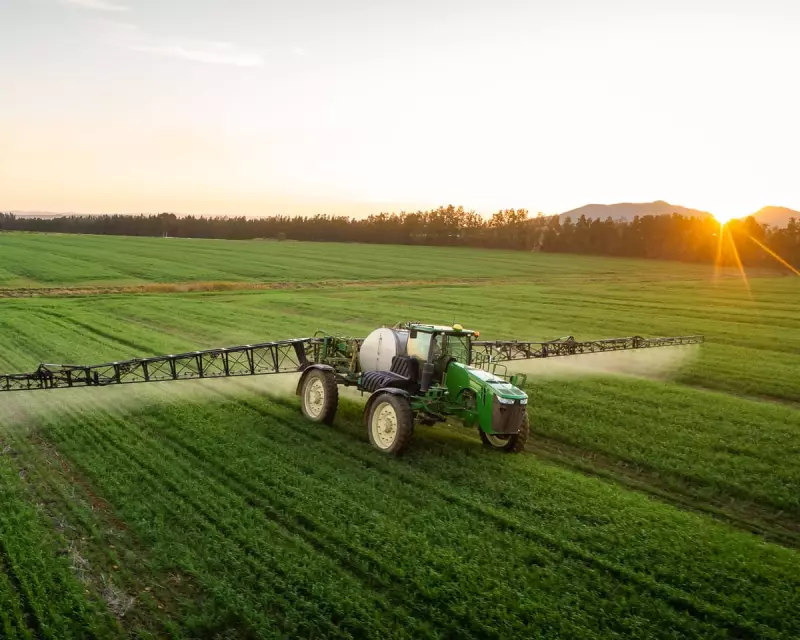
A landmark UK study has revealed the alarming extent of pesticide contamination in our daily lives, with researchers finding that 100% of participants tested positive for multiple agricultural chemicals - regardless of whether they lived in cities or rural areas.
The Invisible Invasion in Our Homes
The comprehensive research followed families across Britain, discovering that pesticides don't respect boundaries. These chemicals drift from fields into urban centres, infiltrating homes through air, dust, and even food supplies. "I was contaminated, and there was nothing I could do to prevent it," reported one participant who had actively tried to avoid exposure.
What the Numbers Reveal
The findings paint a disturbing picture of widespread contamination:
- Every single participant tested positive for at least 3 different pesticides
- Common agricultural chemicals were found in urban homes miles from farmland
- Indoor air quality showed consistent pesticide presence
- Household dust contained multiple chemical residues
Why This Matters for Public Health
Medical experts are increasingly concerned about the cumulative effect of constant low-level exposure to these chemicals. While individual pesticides may be deemed "safe" at certain levels, the study highlights that we're being exposed to complex mixtures of multiple chemicals simultaneously.
"The cocktail effect is what worries us most," explained one environmental health researcher. "We simply don't know how these combinations interact in the human body over years of exposure."
The Regulatory Gap
Current safety regulations focus on individual pesticide exposure through food, but this study demonstrates that inhalation and environmental contact represent significant additional exposure routes that aren't properly accounted for in risk assessments.
What Can Be Done?
While complete avoidance appears impossible given the study's findings, experts recommend several protective measures:
- Regular damp dusting to remove chemical residues
- Using door mats and removing outdoor shoes
- Supporting organic farming practices where possible
- Advocating for stronger environmental protections
The research underscores the urgent need for updated regulatory frameworks that consider real-world exposure scenarios rather than isolated chemical risks.





